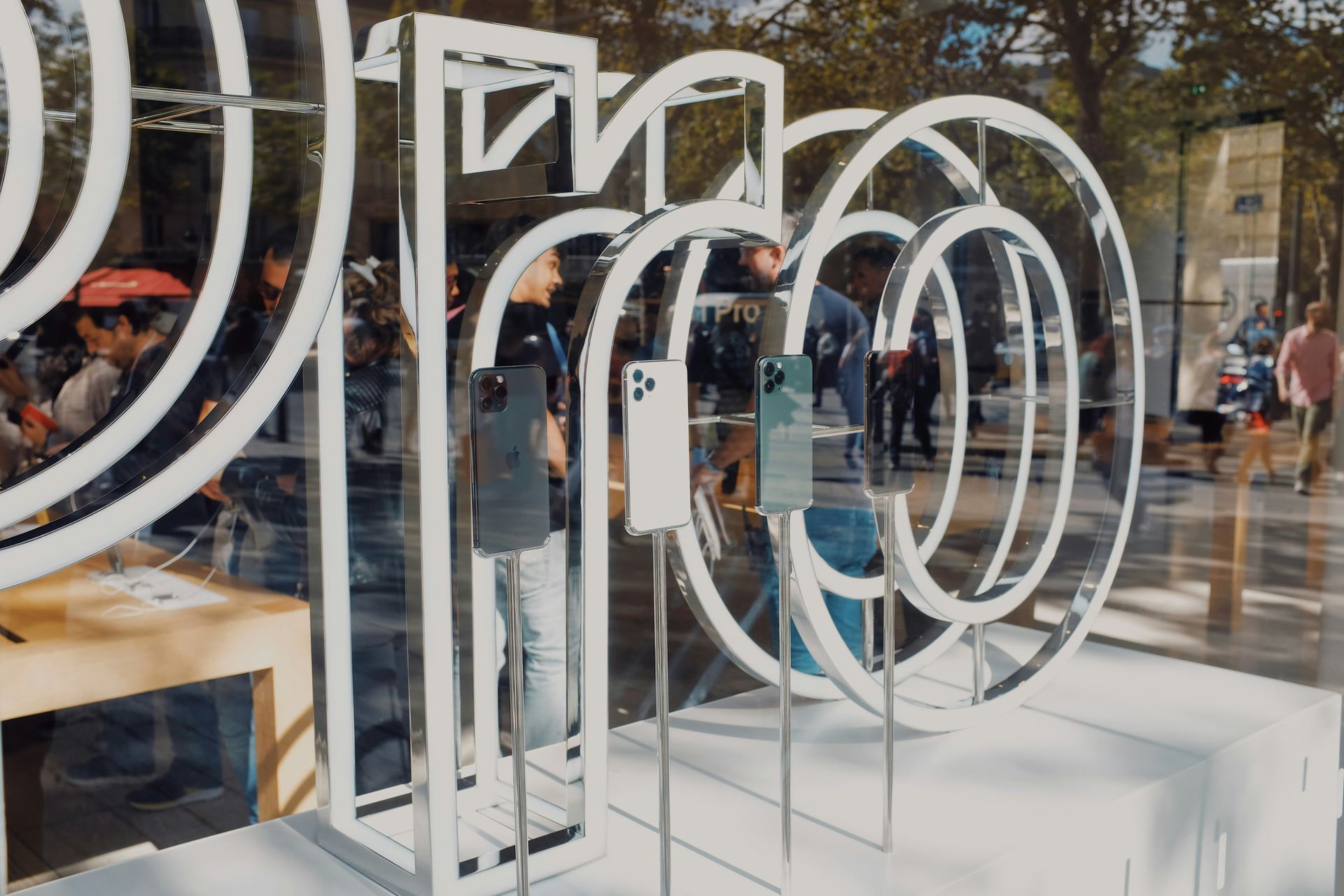The illusion of connection
In the digital age, the concept of connections has been revolutionised and often misconstrued. Social media platforms such as TikTok, Instagram, and Facebook have cultivated a culture where the number of followers someone has is seen as a measure of influence and association. However, this perceived connectivity is often superficial.
Similarly, brands with large numbers of customers or members in their loyalty schemes may mistakenly believe these individuals are deeply engaged brand advocates. In reality, both scenarios reflect an illusion of connectedness rather than the real thing.

THE SOCIAL MEDIA ILLUSION
Social media followers are frequently equated with real-life connections. The higher the follower count, the more influential (or well-liked) the person is perceived to be. Yet, having thousands of followers does not necessarily mean that all, or even most, of these individuals are genuinely engaged. Many followers might be passive observers or ‘lurkers’, rarely interacting with the content shared. They may follow out of curiosity, for entertainment, or from a fleeting interest that doesn’t translate to long-term loyalty.
Such ’passive engagement’ is a common phenomenon on social media. Users may like a post or follow an account but never delve deeper into the content or engage in conversations. These actions can often be superficial ‘vanity metrics’, driven by algorithms that promote quick and easy interactions. A user might double-tap to like a photo without any real investment in the person behind the account. This creates an illusion of connection, where the numbers don’t reflect the reality of disengaged and indifferent followers.
For individuals, this illusion of connection can be disheartening. It might lead to equating self-worth with follower count, fostering a dependence on external validation. People may feel isolated despite having a large online following, as the depth of interaction and genuine connection they crave remains elusive. The number of followers might inflate one’s sense of popularity, but it’s no substitute for the meaningful relationships built through true engagement.

BRANDS AND SUPERFICIAL LOYALTY
Brands, much like individuals on social media, often fall into the trap of equating numbers with loyalty. A large customer base or an extensive loyalty scheme membership may well be impressive. However, these figures can be misleading. High numbers do not necessarily indicate that customers are deeply engaged with the brand or its products. With brand interactions increasingly taking place online, rather than on the high street, there are even fewer opportunities to foster personal, human experiences.
Loyalty schemes are designed to reward repeat customers and foster a sense of belonging and advocacy. Yet, membership numbers alone do not reflect true loyalty. Many customers might join a loyalty scheme for the immediate benefits, such as discounts or exclusive offers, without any real attachment to the brand itself. They might switch to competitors if better deals arise.
True engagement is measured by the interaction quality rather than quantity. For brands, this means looking beyond just the number of loyalty scheme members or followers. Critically, brands must understand exactly how engaged (or disengaged) their customers currently are, in order to have a realistic view of the job to be done.

NUDGING CUSTOMERS TOWARDS MEANINGFUL CONNECTIONS
At Boxclever we’ve developed a suite of methodologies to identify exactly how engaged customers are with your brand. Critically, we understand that engagement isn’t a binary yes/no principle, so we map these points on a scale of engagement to show how far away from engagement they may be, and how difficult it’s going to be to foster a deeper level of connection. Our use of the Behaviour Change Model, for example, shows the psychological shift that must take place in a consumer’s perception of a brand, before any behavioural shift in engagement can take place.
We typically use the Behaviour Change Model in conjunction with a ‘nudge theory’-based measurement framework, such as the EAST model, which tracks how Easy, Appealing, Social and Timely a nudge must be in order to impact on customer engagement.
It’s very easy to fool ourselves into an overly positive view of our customers’ engagement. At Boxclever we’re using rigorous, psychologically sensitive measurement tools to understand the true underlying nature of customer engagement, and overlaying a practical, action-focused framework to help our clients to foster deeper, more meaningful customer relationships.
EXPLORE MORE OF CHATTERBOX
Some of our recent blog posts include:







